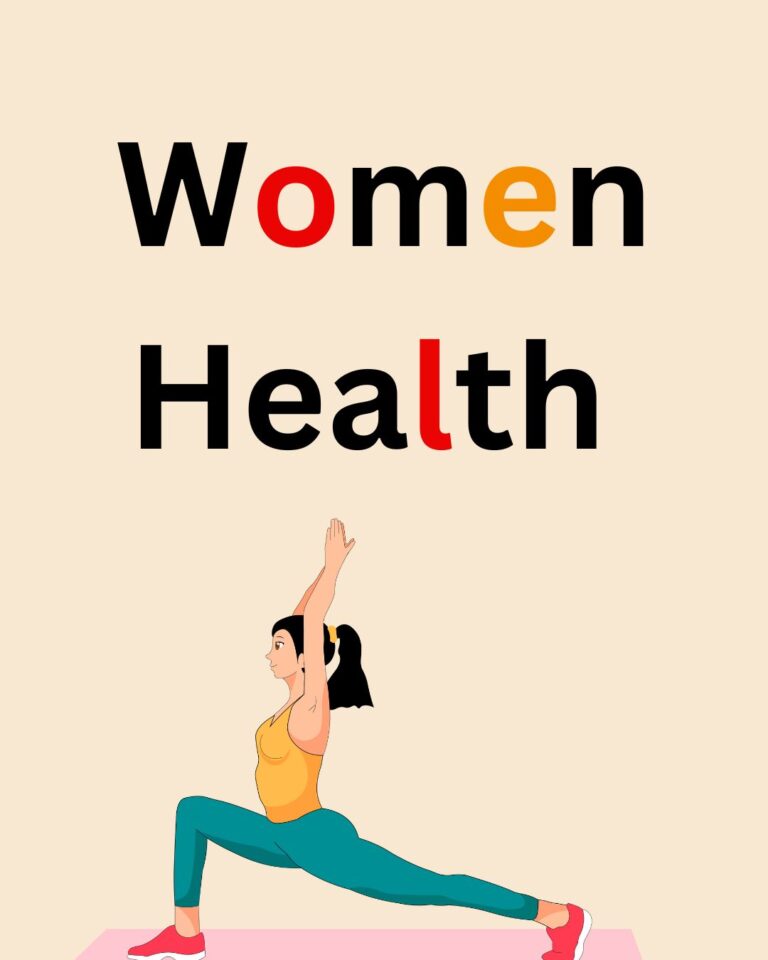Tampon Chemical: Unpacking the Mystery with a Giggle
You landed here because “tampon chemical” piqued your curiosity. Maybe you’re wondering what’s in that little cotton buddy, or you just want a laugh about period gear. This article digs into the stuff tampons are made of—simple, funny, and true. It’s written so a first grader could chuckle along, with a table and FAQs to seal the deal. Grab a juice box, sit back, and let’s unravel this absorbent tale.
What’s a Tampon Chemical Anyway?
Tampons soak up your period. They’re small, soft, and shaped like a tiny rocket. But “tampon chemical” isn’t one magic potion. It’s the mix of stuff they’re made from. Most are cotton or a cotton-rayon blend—think fluffy plant bits spun into threads. Some have a plastic applicator. Others get a light bleach to look white. That’s the basic recipe.
A kid might say, “It’s a cloud for my pants!” Pretty close. Chemicals sound spooky, but here they’re just helpers.
What’s in the Mix?
Cotton’s the star—grown in fields, picked, cleaned. Rayon joins sometimes—it’s made from wood pulp, squished into fibers. Both soak well. Bleaching happens too, usually with chlorine or a gentler mix. It’s not like laundry bleach—more like a quick rinse to zap germs. Plastic applicators? That’s polyethylene—fancy for “smooth plastic.” Some tampons skip extras, keeping it pure cotton.
One mom joked, “It’s like a cotton candy stick, but less tasty.” Fair point—no snacking allowed.
Why Chemicals at All?
Cotton doesn’t grow tampon-shaped. It needs work. Cleaning kills dirt or bugs from the field. Bleaching makes it bright—nobody wants a gray tampon. Rayon boosts absorbency—cotton alone can’t always keep up. Plastic smooths the ride in. Each step tweaks the tampons to work better.
Kids might ask, “Why not leave it fuzzy?” Good question—fuzzy doesn’t fit so well.
Are They Safe?
Yep, mostly. Companies test tampons a ton. The cotton’s cleaned to ditch nasty stuff. Bleaching leaves tiny traces—way less than a sip of pool water. Rayon’s fine too—been around forever. Plastic’s the same as in toys or straws. Big groups like the FDA watch over it. No big risks unless you’re allergic, which is rare.
Picture a first grader: “Does it hurt my tummy?” Nope—it’s outside stuff, not food.
The Funny Side
Tampons have comedy chops. Imagine a factory worker yelling, “More bleach, this batch looks like oatmeal!” Or a kid finding one, asking, “Is this a rocket?” One lady said her dog ate a tampon—vet called it “fiber art.” Laughing at the weirdness makes it less boring.
Humor’s a win. If a kid giggles at “period pencils,” the mystery fades. It’s just cotton with a job.
Real Tampon Tales
People spill the beans. Take Jess, who read the box and freaked about “chemicals.” Turns out, it was just cotton talk—she relaxed. Or Mike, a dad buying tampons, baffled by “rayon” on the label. “Sounds like a superhero,” he said. It’s not—just fluffy wood. Stories like these keep it real.
You’re not alone wondering what’s up with tampon stuff. It’s a chat starter.
What’s the Big Deal?
Some folks worry. Old news about bleach scared people—thought it left poison. Nope—modern tampons use safe amounts. Others fuss about plastic—does it stay in you? No way—it’s just the launcher. Cotton’s natural, but not wild—cleaning’s a must. The fuss is loud, but the facts are quiet.
Kids might say, “Is it bad magic?” Tell them it’s more like a clean trick—nothing sneaky.
Can You Skip Chemicals?
Sort of. Organic tampons ditch bleach and rayon—pure cotton only. No plastic either—just cardboard or none. They cost more, but some swear by them. Work the same—less “chemical” vibe. One lady said, “Feels like I’m camping.” Your call—fancy or plain, they do the job.
A kid might like, “No plastic? Cool!” Simple wins for little minds.
Table: Tampon Chemical Breakdown
| Part | What’s It Made Of? | Why It’s There |
|---|---|---|
| Cotton | Plant fluff | Soaks up the mess |
| Rayon | Wood turned stringy | Extra soak power |
| Bleach | Cleaning juice | Makes it white, germ-free |
| Plastic | Smooth applicator stuff | Easy slide in |
| String | Cotton thread | Pull it out |
This table’s your cheat sheet. Shows what’s what—easy for a quick peek.
FAQs About Tampon Chemical
What’s a tampon chemical?
Stuff tampons are made of—like cotton or plastic. Helps them work.
Is bleach bad?
Not here. Tiny bit, super safe—keeps it clean.
Can I eat it?
Nope. It’s for periods, not lunch—stick to cookies.
Why plastic?
Makes putting it in smooth. Stays outside, not in you.
Are organic ones better?
Maybe for you. Less extras, same soak—your pick.
Do they hurt?
Not if used right. Comfy once they’re in place.
A Quick History Lesson
Tampons go way back. Egyptians used papyrus—scratchy, ouch. Cotton ones hit the scene in the 1930s. Rayon joined later—fancier fibers. Bleach came to clean, not scare. Plastic applicators popped up for ease. Now we’ve got options—chemical tweaks made them better.
Old ads called them “modern marvels.” Funny now—still true.
Why We Wonder
“Tampon chemical” sounds big. Boxes list words like “polyethylene”—huh? People dig online, swap tales. One X post read, “Tampons have chemicals? I’m out.” Chill—they’re tame. Kids see a tampon and think “magic stick.” Grown-ups just want the scoop.
It’s a puzzle with a laugh. Unpack it, shrug, move on.
Keeping It Chill
Tampon chemicals aren’t a thriller. Cotton, a splash of bleach, maybe plastic—basic stuff. They soak, you live, end of story. Next time you grab one, picture a cotton ball with a mission. Chuckle at the label, pop it in, forget it. It’s your period pal, not a chemistry test.




